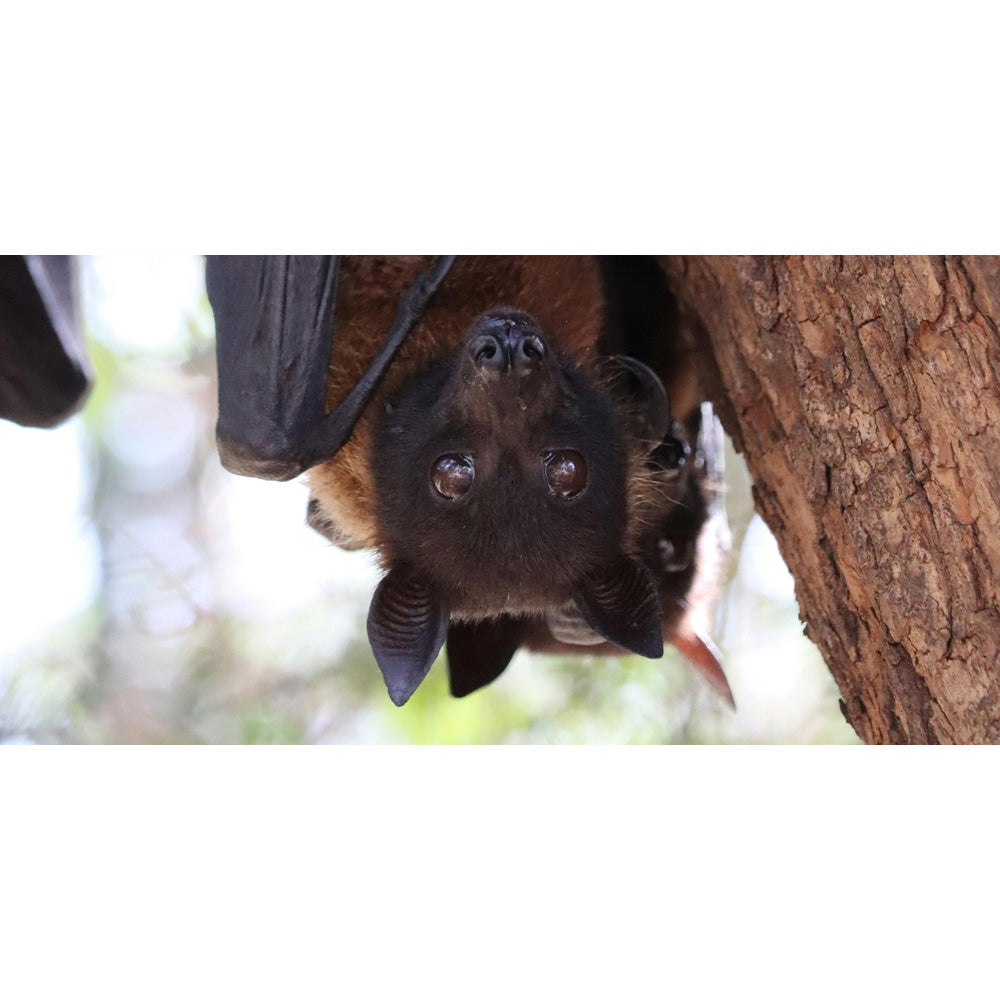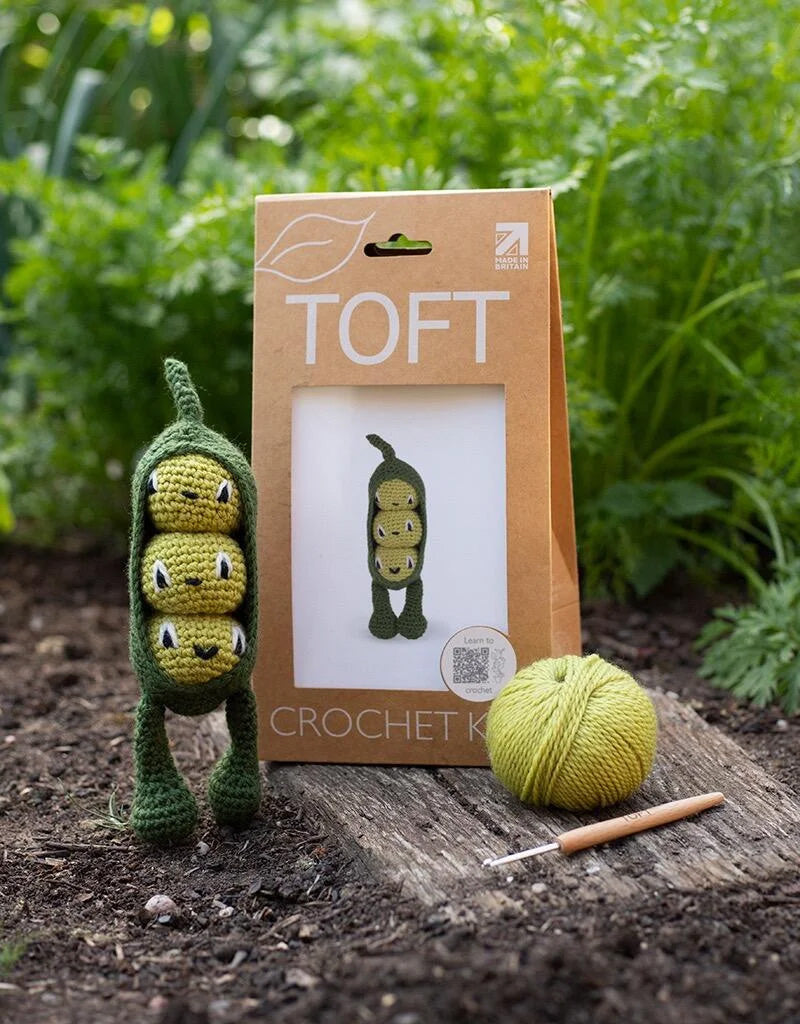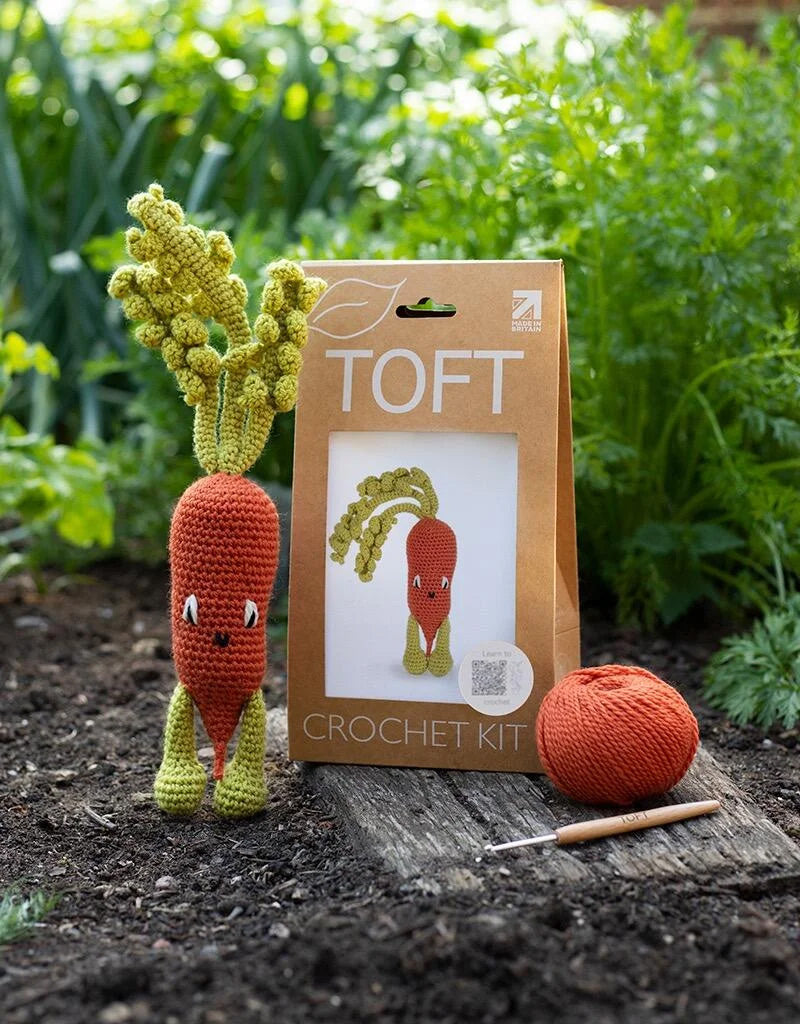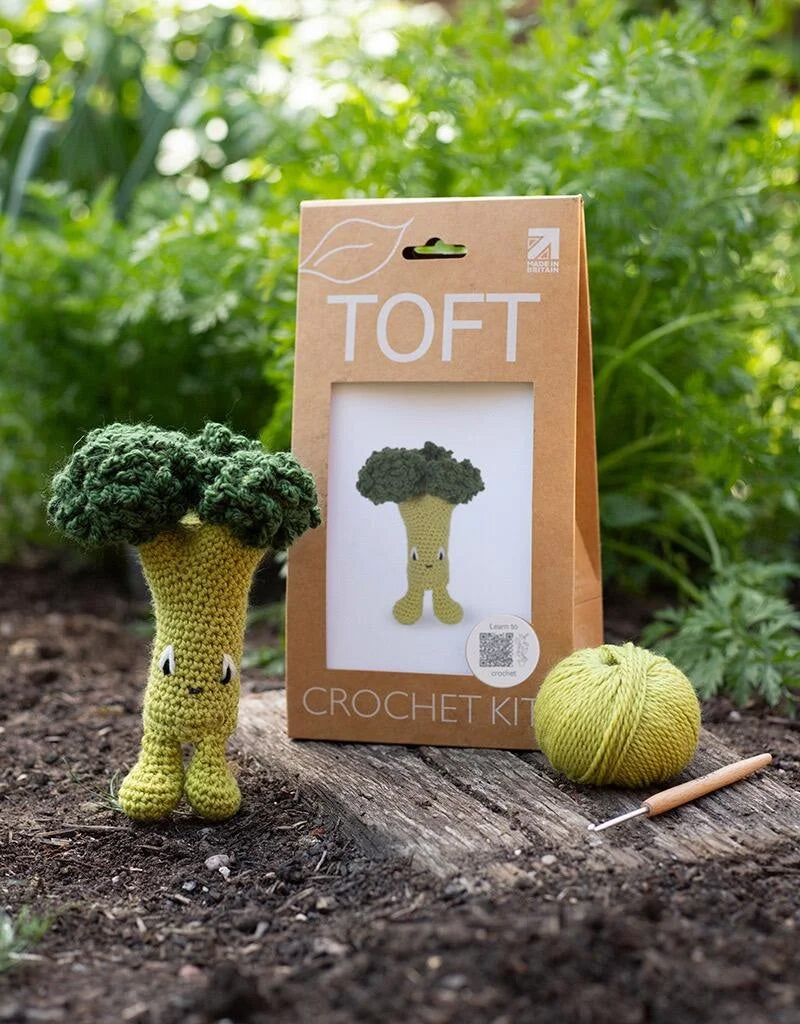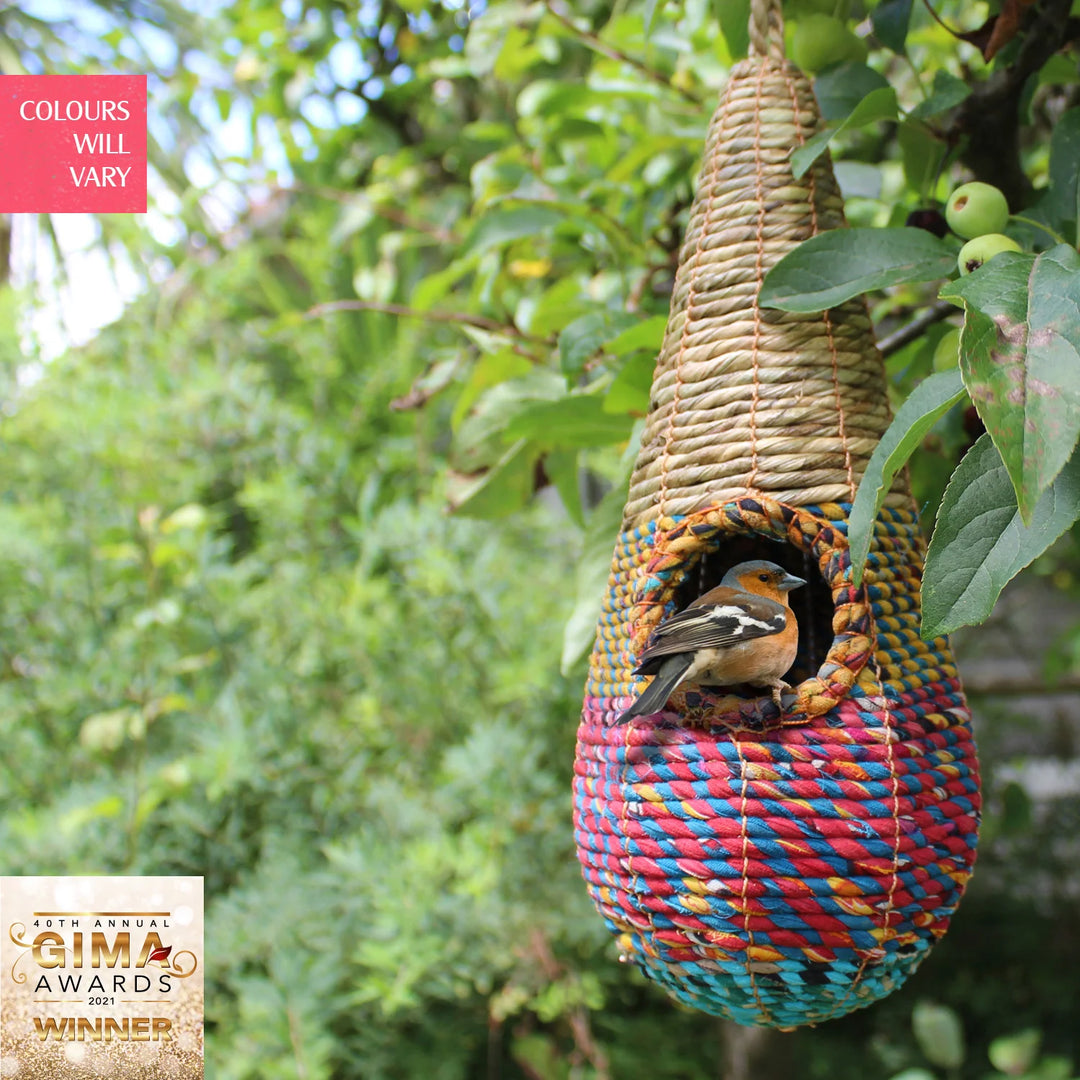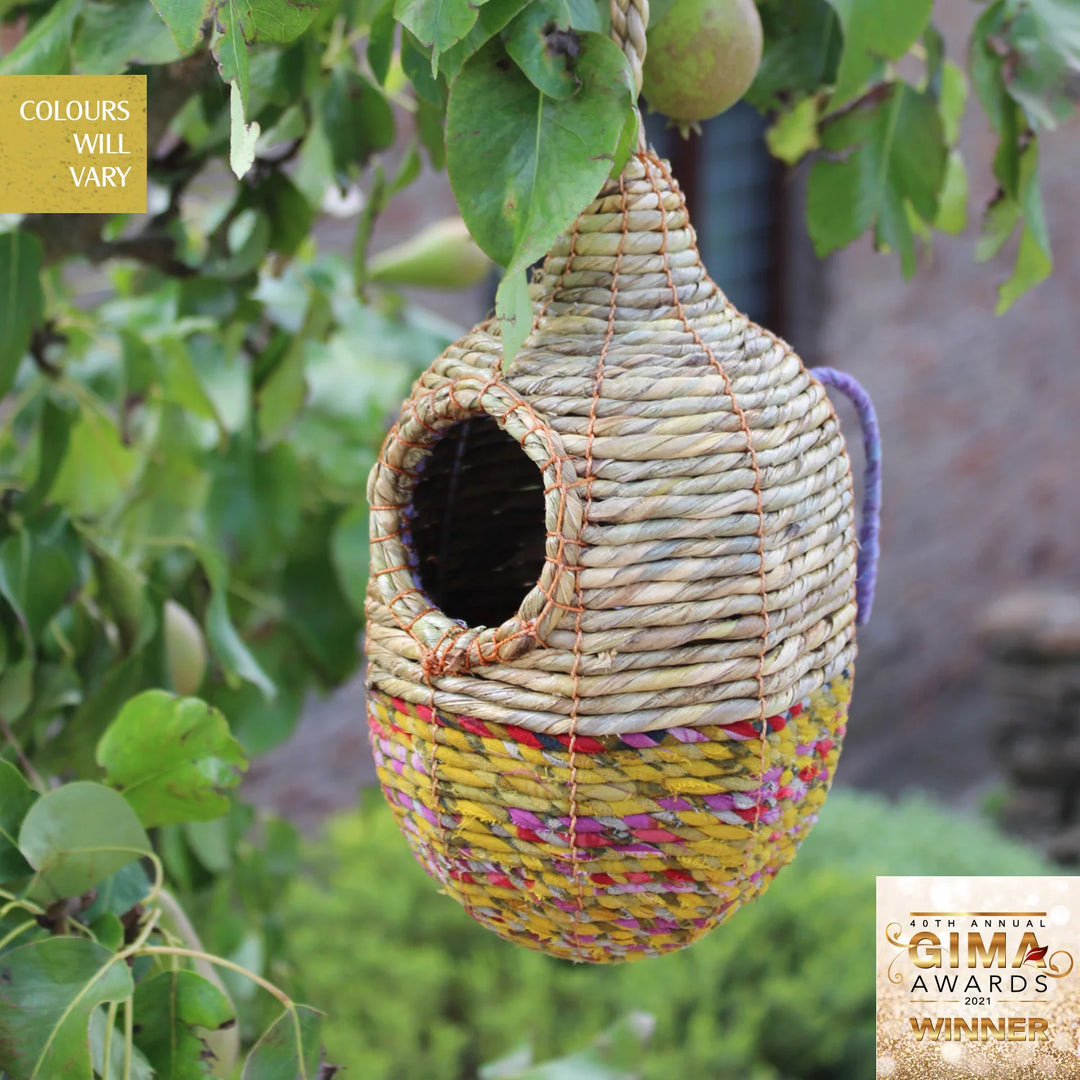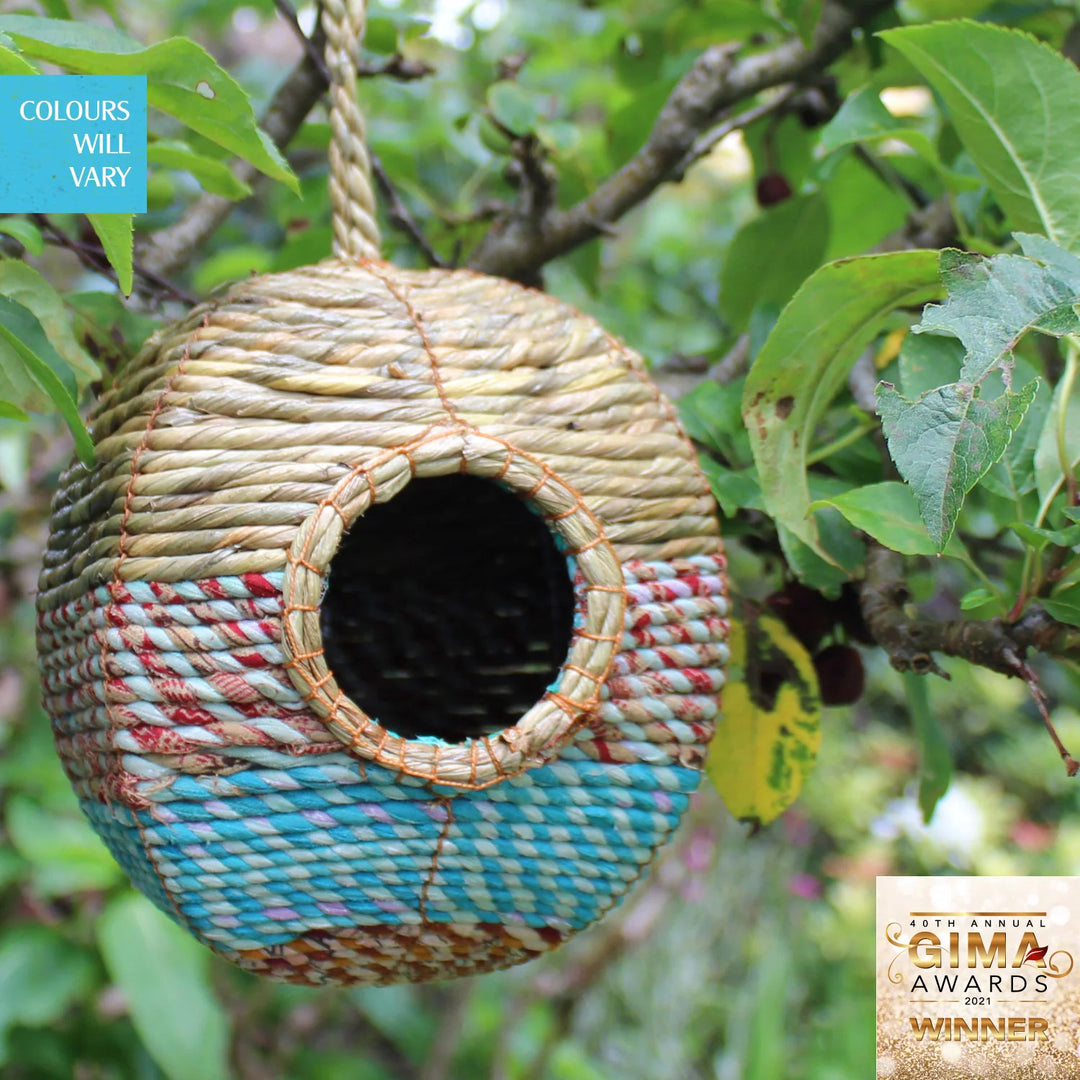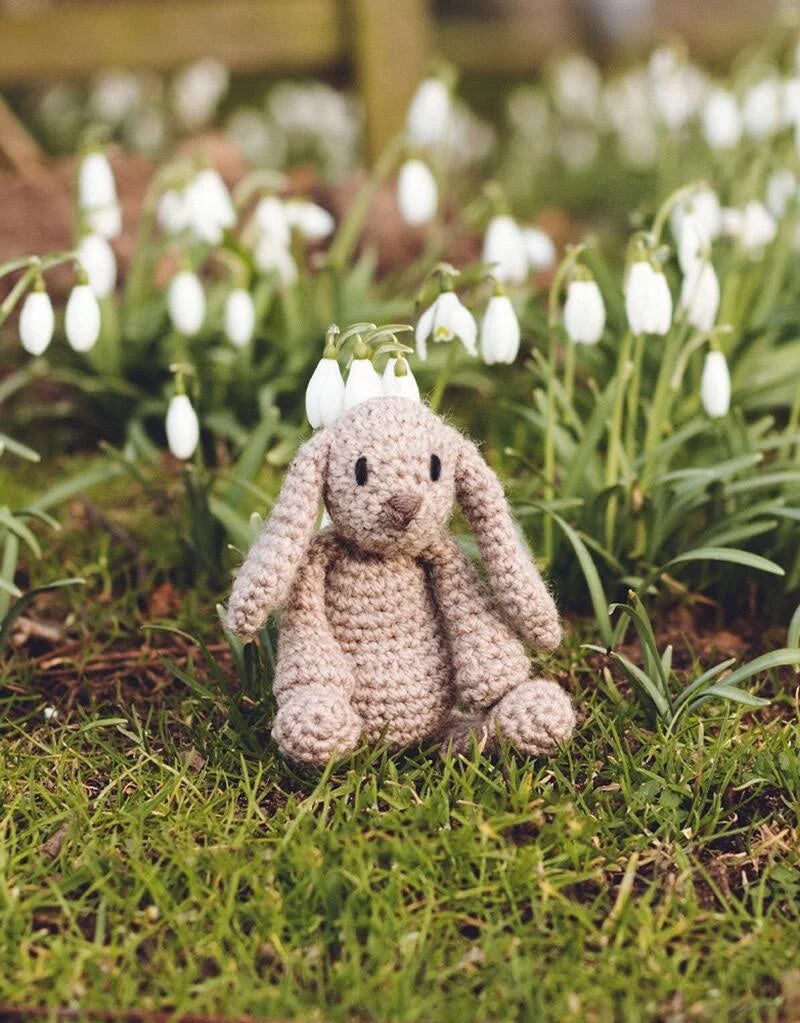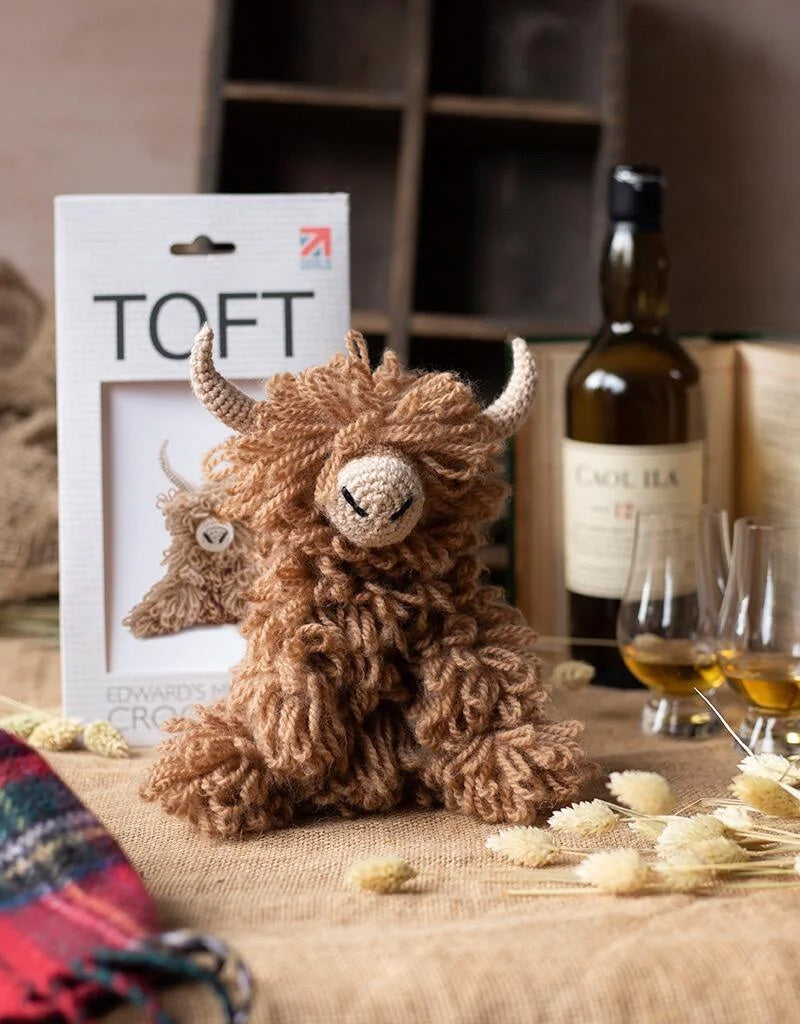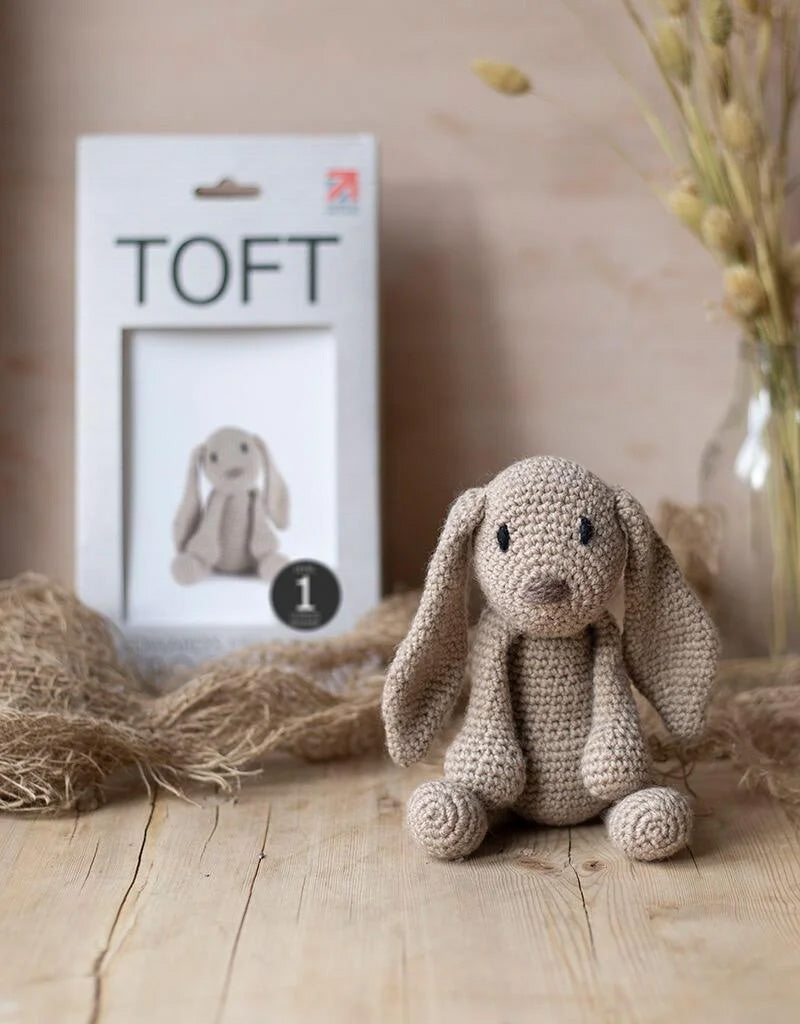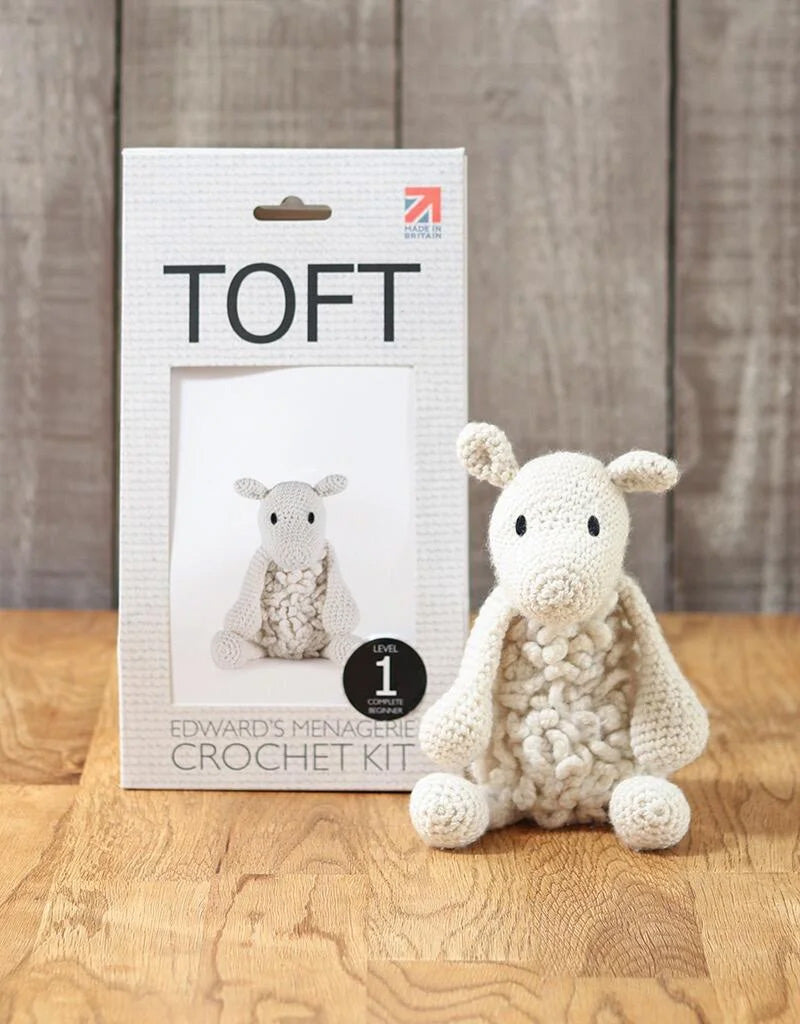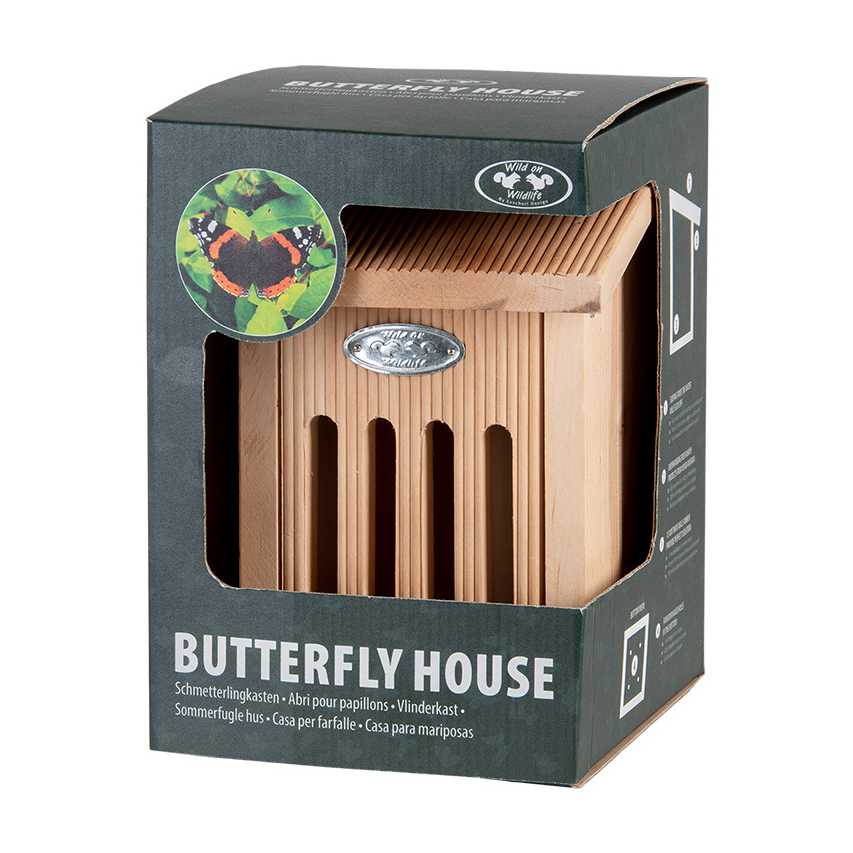Bats
These nocturnal mammals have a diverse diet, ranging from insects to fruit, and can be found in a variety of habitats across the country. However, many bat species in the UK are endangered and protected by law, making it important to understand their habits and needs.
One of the most interesting aspects of bats in the UK is their diet. These flying mammals are primarily insectivores, feeding on a variety of flying insects such as moths, beetles, and mosquitoes. Some species, such as the greater horseshoe bat, also feed on fruit and nectar. Bats use echolocation to locate their prey, emitting high-frequency sounds that bounce off objects and return to them, helping them to navigate and hunt in the dark.
In terms of habitat, bats in the UK can be found in a wide range of environments. They are commonly found in woodlands, hedgerows, and parks, where they roost in trees, caves, and old buildings. Some species, such as the common pipistrelle, are known to roost in man-made structures like barns and bridges. Bats are also known to hibernate during the winter months, seeking out warm and sheltered places to rest until the weather warms up again.
Many species of bats in the UK are considered endangered and are protected under the Wildlife and Countryside Act 1981. This legislation makes it illegal to harm or disturb bats or their roosts, as well as to damage or destroy their habitats. Conservation efforts are underway to protect bat populations and their habitats, including the creation of bat-friendly habitats and the installation of bat boxes in suitable locations.
Farmers play a crucial role in bat conservation, as their practices can have a significant impact on bat populations. By maintaining hedgerows, woodlands, and water sources on their land, farmers can provide important foraging and roosting habitats for bats. Additionally, reducing the use of pesticides and promoting organic farming practices can help to protect the insect populations that bats rely on for food.
One of the most striking features of bats in the UK is their diverse range of colours and patterns. While many people think of bats as being black or brown, they actually come in a variety of hues, including grey, red, and even orange. Some species, such as the noctule bat, have distinctive markings on their fur, while others, like the soprano pipistrelle, have more subtle colouration.
In conclusion, bats in the UK are fascinating creatures with unique habits and needs. By understanding their diet, habitat, and conservation status, we can work together to protect these important members of our ecosystem. Whether you’re a farmer, a conservationist, or simply a bat enthusiast, there are many ways to get involved in bat conservation efforts and help ensure a bright future for these amazing animals.
One of the most interesting aspects of bats in the UK is their diet. These flying mammals are primarily insectivores, feeding on a variety of flying insects such as moths, beetles, and mosquitoes. Some species, such as the greater horseshoe bat, also feed on fruit and nectar. Bats use echolocation to locate their prey, emitting high-frequency sounds that bounce off objects and return to them, helping them to navigate and hunt in the dark.
In terms of habitat, bats in the UK can be found in a wide range of environments. They are commonly found in woodlands, hedgerows, and parks, where they roost in trees, caves, and old buildings. Some species, such as the common pipistrelle, are known to roost in man-made structures like barns and bridges. Bats are also known to hibernate during the winter months, seeking out warm and sheltered places to rest until the weather warms up again.
Many species of bats in the UK are considered endangered and are protected under the Wildlife and Countryside Act 1981. This legislation makes it illegal to harm or disturb bats or their roosts, as well as to damage or destroy their habitats. Conservation efforts are underway to protect bat populations and their habitats, including the creation of bat-friendly habitats and the installation of bat boxes in suitable locations.
Farmers play a crucial role in bat conservation, as their practices can have a significant impact on bat populations. By maintaining hedgerows, woodlands, and water sources on their land, farmers can provide important foraging and roosting habitats for bats. Additionally, reducing the use of pesticides and promoting organic farming practices can help to protect the insect populations that bats rely on for food.
One of the most striking features of bats in the UK is their diverse range of colours and patterns. While many people think of bats as being black or brown, they actually come in a variety of hues, including grey, red, and even orange. Some species, such as the noctule bat, have distinctive markings on their fur, while others, like the soprano pipistrelle, have more subtle colouration.
In conclusion, bats in the UK are fascinating creatures with unique habits and needs. By understanding their diet, habitat, and conservation status, we can work together to protect these important members of our ecosystem. Whether you’re a farmer, a conservationist, or simply a bat enthusiast, there are many ways to get involved in bat conservation efforts and help ensure a bright future for these amazing animals.


